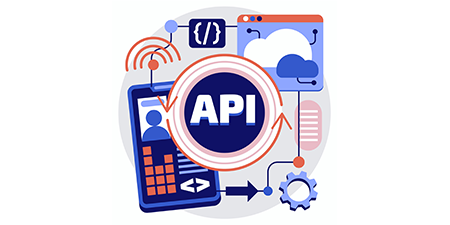Developing a REST API in Delphi involves using libraries or frameworks that facilitate HTTP communication and routing. Here's a basic outline of how you can develop a REST API in Delphi:
Here's a basic outline of how you can develop a REST API in Delphi:
-
Choose a Framework or Library: Several frameworks and libraries are available in Delphi for building RESTful APIs. One popular option is the RAD Server framework, which comes with Delphi and provides tools for building scalable REST APIs.
-
Create a New Delphi Project: Start by creating a new Delphi project in your IDE.
-
Define Endpoints: Define the endpoints for your REST API. These endpoints represent the URLs that clients will use to interact with your API.
-
Implement Endpoint Handlers: Write code to handle requests to each endpoint. This code will perform the necessary logic, such as retrieving data from a database, processing input, and returning responses.
-
Handle HTTP Methods: REST APIs typically support various HTTP methods such as GET, POST, PUT, DELETE, etc. Implement handlers for each of these methods as needed.
-
Serialize Data: Use JSON or XML serialization to format data for communication between the client and server. Delphi includes libraries for working with JSON and XML data.
-
Testing and Debugging: Test your API thoroughly to ensure that it behaves as expected and handles errors gracefully.
Here's a simple example of how you can create a basic REST API using the RAD Server framework in Delphi:
delphi
unit MainModule;
interface
uses
System.SysUtils, System.Classes, System.JSON,
EMS.Services, EMS.ResourceAPI, EMS.ResourceTypes;
type
[ResourceName('sample')]
TSampleResource1 = class
published
[EndPointRequestSummary('Retrieve sample data')]
[EndPointResponseDetails('application/json', 'Sample data')]
[EndPointContext(TEndpointRequest,'', True, False, 'GET')]
procedure Get(const AContext: TEndpointContext; const ARequest: TEndpointRequest; const AResponse: TEndpointResponse);
[EndPointRequestSummary('Add new sample data')]
[EndPointResponseDetails('application/json', 'Confirmation')]
[EndPointContext(TEndpointRequest,'application/json', True, False, 'POST')]
procedure Post(const AContext: TEndpointContext; const ARequest: TEndpointRequest; const AResponse: TEndpointResponse);
end;
implementation
procedure TSampleResource1.Get(const AContext: TEndpointContext; const ARequest: TEndpointRequest; const AResponse: TEndpointResponse);
begin
// Code to retrieve sample data from a database or other source
// For simplicity, let's just return a sample JSON response
AResponse.Body.SetValue(TJSONObject.Create.AddPair('message', 'Sample data retrieved'), True);
end;
procedure TSampleResource1.Post(const AContext: TEndpointContext; const ARequest: TEndpointRequest; const AResponse: TEndpointResponse);
begin
// Code to process the incoming data and add it to the database
// For simplicity, let's just return a sample JSON response
AResponse.Body.SetValue(TJSONObject.Create.AddPair('message', 'Sample data added'), True);
end;
procedure Register;
begin
RegisterResource(TypeInfo(TSampleResource1));
end;
initialization
Register;
end.




 Here's a basic outline of how you can develop a REST API in Delphi:
Here's a basic outline of how you can develop a REST API in Delphi: